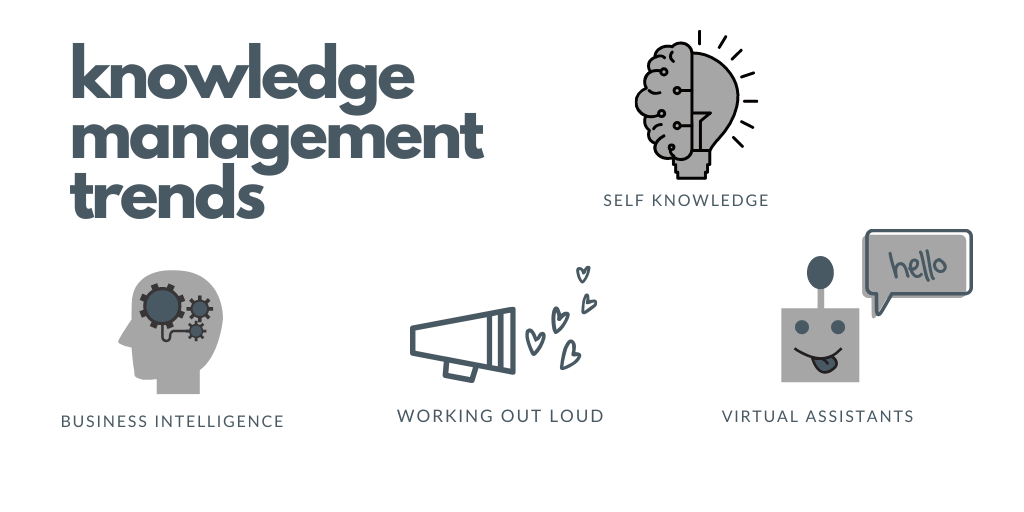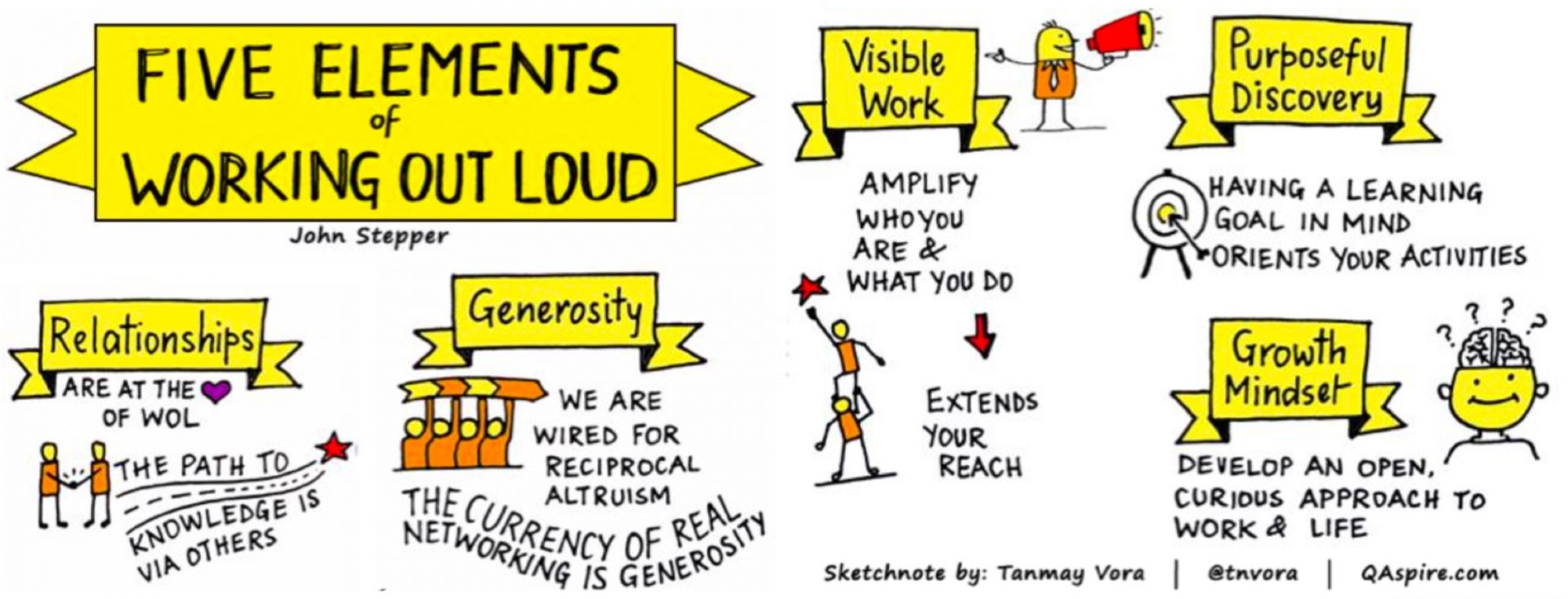“Create evidence – share knowledge – protect and improve health” is the motto of the German Robert Koch Institute, the central institution of the German Federal Government in the field of disease surveillance and prevention. Share Knowledge – a claim that even gains more importance in times of COVID-19. But not only in Germany sharing knowledge becomes a priority. All around the globe, pharmaceutical companies, research teams, foundations and governmental health institutes have joined forces to develop solutions e.g. vaccines and support health systems in response to the coronavirus pandemic. Furthermore, knowledge management technologies such as digital infection maps (e.g. provided by John Hopkins University) deliver accurate, real-time information and health care workers can diagnose remotely by relying on decision trees or template articles.
Did you know that knowledge management has played an important role in prior outbreaks such as during Ebola in West Africa or SARS in 2003? For these cases, knowledge management technology was used to provide remote health training and telemedicine to evacuated or quarantined medical staff and the population via SMS or text messages (Kohn, 2020). As mentioned in my first blog post, knowledge management doesn’t have to be complicated, sometimes it can take a simple form – like a SMS.
While within my last blog post, we have learnt about four popular knowledge management techniques: knowledge base, communities of practice, lessons learned and bank of ideas, this article will focus on four trends related to knowledge management in 2020 – both for companies as for individuals:
 Self-Knowledge
Self-Knowledge
A very individual process which I would like to address is self-knowledge. I have only recently learnt about this psychological concept myself within the blog series about personal development by Juliette Giroux, yet this topic is definitely worth sharing. Self-knowledge, as the term implies, refers to knowing one-self i.e. one’s own sensations, emotions, thoughts, beliefs and reactions. Self-knowledge can help you to better manage your emotions in situations of conflict and assess how others may react to a potential problem. In addition, self-knowledge also improves your capabilities to handle specific (job-related) tasks. If you want to know more about self-knowledge, I can definitely recommend reading the blog article: “How can self-knowledge make you better at your (future) job?” ,which provides you with examples from different industries.
Working Out Loud
Knowledge sharing requires a culture of mutual trust and relationships. Working Out Loud (WOL) is a method which supports this networking approach and that builds relationships in order to explore a new topic, develop a skill or achieve a goal.
You may now think “Yes, networking is great, but what do I get out of it?” – let us stop at this thought for a second. People usually network to get something, not to give. The WOL method opposes this approach. Instead of asking what you get from each relationship, you invest and make contributions to your network.
Five Elements of WOL – Source: improuv
And I personally think this is a beautiful idea. In my first blog post I wrote about a study which investigated the impact of helping others on the individual’s higher life satisfaction. If you are intrinsically motivated to help others, this will boost your satisfaction and personal well-being.
WOL puts relationships to people first, as the path to knowledge is via others. Other elements include generosity, visible work, purposeful discovery and a growth mindset (Stepper, 2020).
If you want to know more about WOL, I recommend watching the TEDx talk by John Stepper, who developed WOL.
https://www.youtube.com/watch?v=XpjNl3Z10uc&feature=emb_rel_pause
Business Intelligence
Now it gets a bit more technical. Lots of larger corporations dedicate entire departments to this term: Business Intelligence – but how can a business actually be intelligent?
Business Intelligence refers to applications, technologies and practices to collect, integrate, analyse and display information. The main gaol is support better business decision making. Of course, managing data and information by hand would require lots of time. This is why business intelligence also makes use of artificial intelligence (AI) and machine learning to faster process data. Siemens for example, uses AI for monitoring their machine fleets and factories by scheduling preventive maintenance and manage the equipment’s lifespan (Faggella, 2020).
If you want to know more about machine learning or deep learning, I recommend reading the blog by Margherita Valle, who proves that you don’t need to be a data scientist to write about deep learning, machine learning and related trends. If you ever wanted to understand what these trends are all about, go and read her blog posts.
Virtual Assistants
Another AI and machine learning related topic are digital assistants. Probably one of the first digital assistants was Clippit, also known as Clippy in Office 2000/XP/2003 – the little paper clip asking you whether you need any help.

Oh … the good old days. The virtual assistants of today can do much more. Which voice recognition technology Siri, Alexa & Co can answer your questions about tomorrow’s weather forecast or when your hairdresser is open, book a plane ticket for your next holiday or play your favorite playlist from Spotify. AI Virtual Assistants can also be applied in other sectors such as Workflow and Project Management, Healthcare, Science and Engineering, Journalism and Mental Wellbeing (Kambria, 2019). Woebot is a chatbot that engages the user into a conversation and helps to reframe the daily experiences in order to deal with them in a way that is beneficial for the patient’s mental health.
Where did you encounter the usage of a chatbot or virtual assistant? Was talking to a chatbot a positive experience for you? Let me know what you think in the comments below.
What’s up next?
As we have seen from these examples, most knowledge techniques and trends are pretty much data driven and incorporate the latest technologies such as machine learning or artificial intelligence. And as we know from my introductory post to knowledge management, data is transformed into information and later into knowledge when people make use of it. But how much knowledge is too much? As a foretaste of the next Knowledge Wednesday, I can recommend watching the film “THE CIRCLE” with Emma Watson. Stay tuned for more!

Bibliography
Faggella, D. (2020). 6 Examples of AI in Business Intelligence Applications | Emerj. Retrieved 5 April 2020, from https://emerj.com/ai-sector-overviews/ai-in-business-intelligence-applications/
Kambria. (2019). How to Create the Ultimate AI Virtual Assistant. Retrieved 5 April 2020, from https://medium.com/kambria-network/how-to-create-the-ultimate-ai-virtual-assistant-9bc7a7bbb5d0
Kishore, A. (2019). 8 AI Assistants and What They Can Do For You. Retrieved 5 April 2020, from https://helpdeskgeek.com/reviews/8-ai-assistants-and-what-they-can-do-for-you/
Kohn, M. (2020). How Knowledge Management Plays a Life-Saving Role in the Coronavirus Epidemic. Retrieved 5 April 2020, from https://www.kmslh.com/how-knowledge-management-plays-a-life-saving-role-in-the-coronavirus-epidemic/
Stepper, J. (2020). John Stepper — Working Out Loud. Retrieved 5 April 2020, from https://workingoutloud.com/en/about





Hi Katharina, again a very interesting article.
A relevant topic . Sharing knowledge in times of pandemics is very useful and appropriate.
Your other approaches to the topic are also very well presented.
I‘m looking forward to the next article, keep it up.
And please stay healthy!
Regards
Peter Neumann
Thanks for your positive feedback. Indeed, the current situation forces key players to collaborate even more. Looking forward to welcome you back on the blog soon!
Hello Katharina,
Again, great content! Thank you so much for including me into it, I really appreciate it! Self-knoweldge is definitely a form of knowledge that should used by everyone.
I never heard about WOL before and it’s such a funny and interesting concept. Thanks for sharing.
To answer your question, I’ve used chatbots before, and it worked very well. I think as long the bot can put you in touch with someone once it reaches its limits, it’s a great tool.
Have a beautiful day and see you next week!
Thanks Juliette for your comment. Indeed I also think that the human interaction within these kinds of technologies shouldn’t be ignored. 🙂
Indeed I remember clippy from my first days on Windows XP – crazy how time flies and how fast technology develops. I haven’t heard about WOL yet but will definitely research more into this topic as it seems really interesting and potentially helpful to establish a knowledge sharing culture.
Glad to have provided an insightful article for you, Jenny. Let me know if something interesting comes up during your research on WOL!
Hello Katharina,
I know you’re all article is very good. but, this article is very informative for me, I think it’s a great tool ever. thanks for sharing!
Keep Growing!